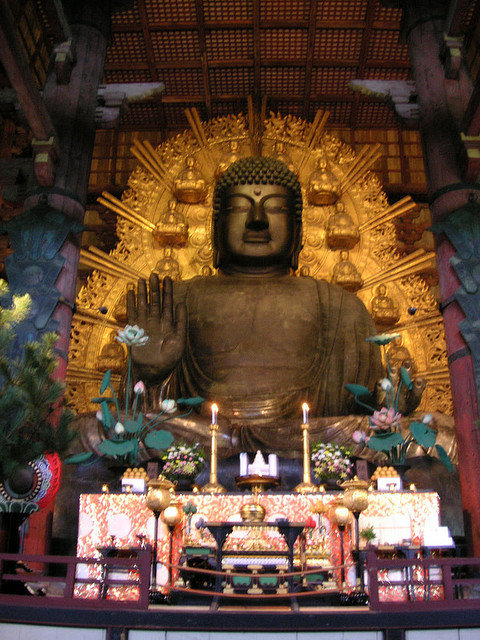Japan is a small, mysterious and not always understandable for Europeans country. Japanese art and culture have acquired distinctly unique features that are particularly attractive in engraving and painting.
Japanese painting is one of the most ancient and amazing types of creativity. The feature that distinguishes Japanese art from any other is the search for harmony between all the components of life.
We want to dedicate this article to some of the most striking works of Japanese art, in our opinion.
The Great Wave off Kanagawa, engraving from the Thirty-six Views of Fuji series, Katsushika Hokusai, 1831
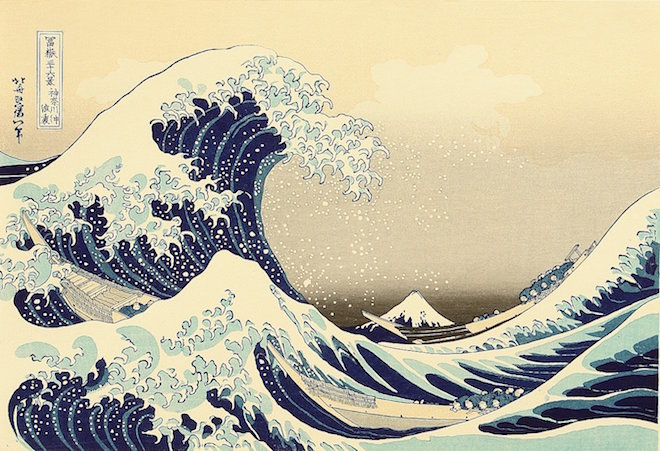
The Great Wave off Kanagawa by Katsushika Hokusai (1760–1849) is one of the most famous prints and the first sheet of the Thirty-six Views of Fuji series. Such collections of engravings served as a kind of “virtual travel” for the townspeople of that time, a convenient and inexpensive way to satisfy curiosity.
Fuji-like prints cost about 20 mon – about the same as a double portion of noodles in a Japanese eatery of the time. However, the success was so great that by 1838 the cost of Hokusai’s sheets had grown to almost 50 Mon, and after the death of the master, the Wave alone was reprinted from new boards more than 1000 times.
“Beauty Nanivaya Okita” by Kitagawa Utamaro, 1795-1796
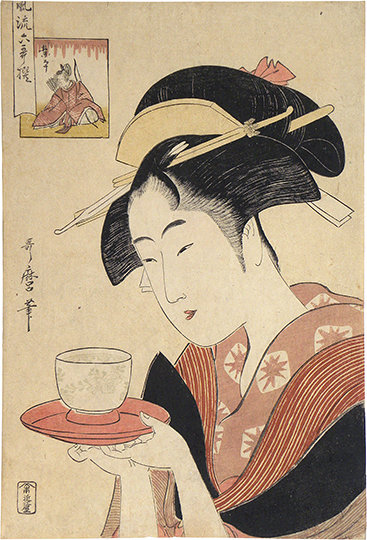
Kitagawa Utamaro (1753-1806) can be rightfully called the singer of female beauty in Japanese art. He created a number of canonical images of Japanese beauties (bijinga) – the inhabitants of tea houses and the famous Yoshiwara entertainment district in the capital of Japan, Edo.
Screen “Irises” by Ogata Korin, 1710s
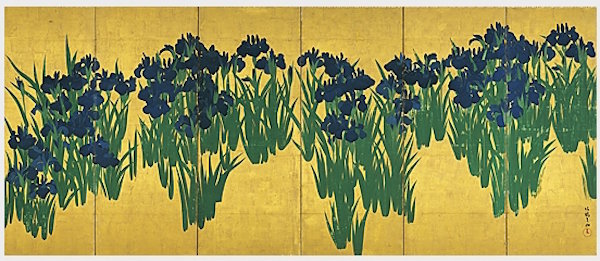
A pair of six-panel iris screens are now a national treasure in Japan. The piece of 18th century Japanese artwas created by Ogata Korin (1658–1716) around 1710 for the Nishi-Hongan-ji temple in Kyoto. Since the 16th century, painting on wall panels and paper screens has become one of the leading genres of decorative art in Japan, and Ogata Korin, the founder of the Rinpa art school, was one of its greatest masters.
Kinkakuji Golden Pavilion, Kyoto, 1397
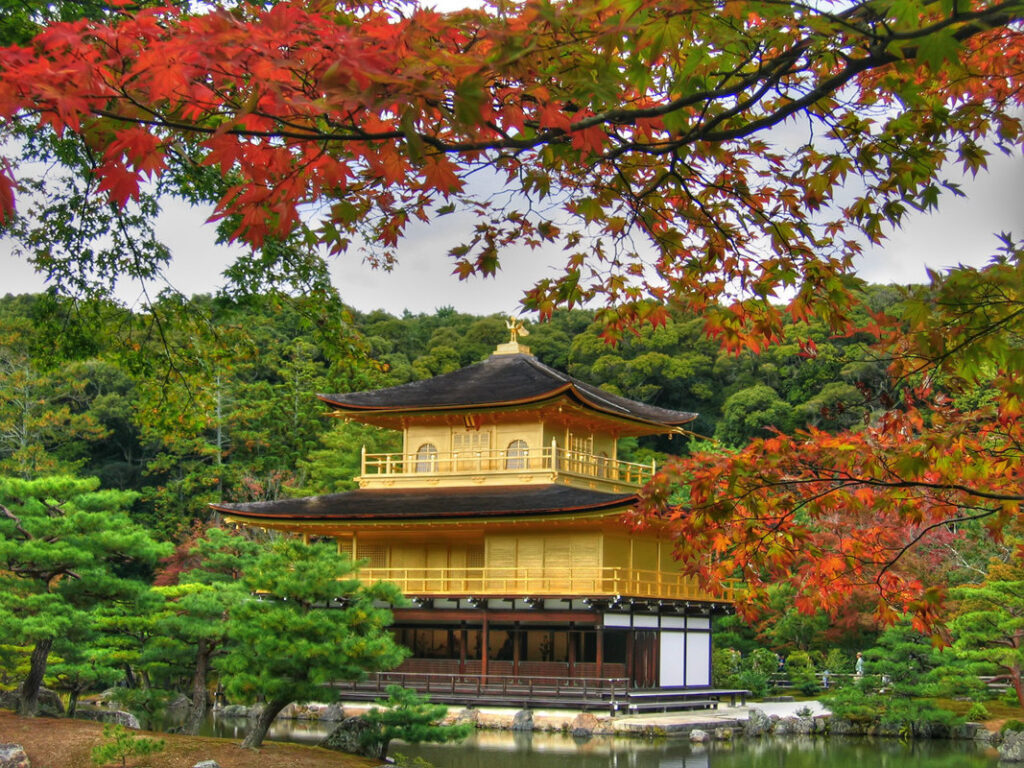
The Golden Temple is one of the symbols of Japan, which, ironically, was glorified more by its destruction than by its construction. In 1950, a mentally unstable monk at Rokuonji Monastery, to which this building belongs, set fire to a work of Japanese art standing on the surface of the pond.
The three-tiered building on the artificial lake Kyokoti (“lake-mirror”) played the role of a kind of hermitage, a secluded pavilion for relaxation, reading and prayer. It contained a collection of paintings, masterpieces of Japanese sculpture, a library and a collection of Buddhist relics.
Bowl “Iris” in the style of karatsu, XVI-XVII centuries
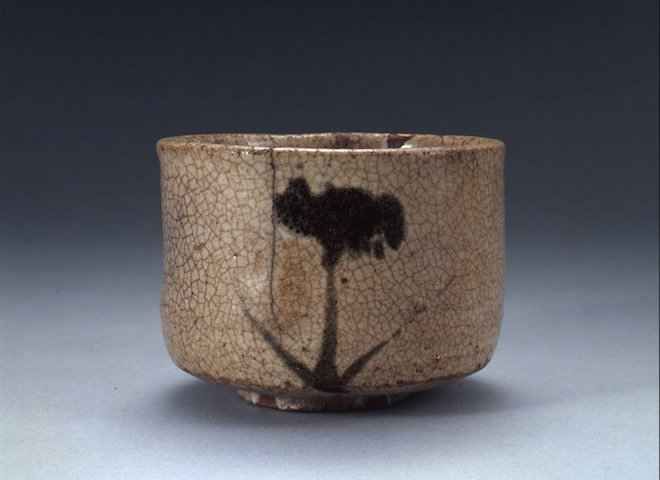
An analogue of the Western concept of “masterpiece” in Japanese traditional ceramics can be considered the word meibutsu – a thing with a name. Only the name of this cup really survived, since neither the exact time and place of its creation, nor the name of the master have been preserved.
Nevertheless, it is listed among the national treasures of Japan and is one of the brightest examples of ceramics in the national style.
Portrait of Monk Gandzin, Nara, 763
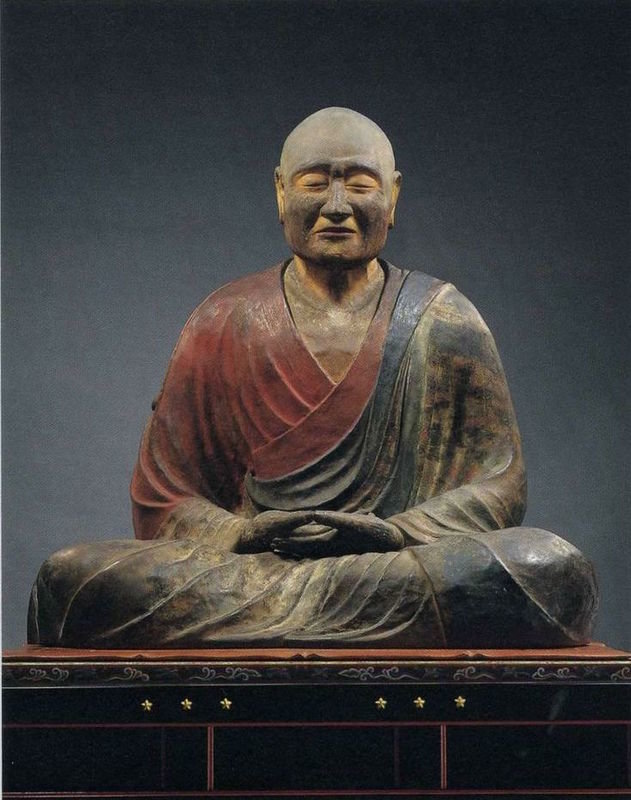
In the VIII century, Japanese sculpture Japanese sculpture became the main form of artistic expression of the era, the Nara era (710-794), associated with the formation of Japanese statehood and the strengthening of Buddhism.
Daibutsu – Big Buddha of Todaiji Temple, Nara, mid-8th century
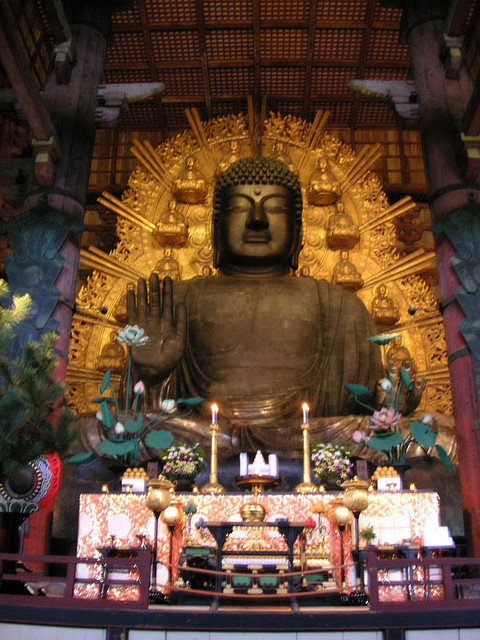
In the middle of the 8th century, Japan suffered from natural disasters and epidemics, and the intrigues of the influential Fujiwara family and the rebellion they raised forced Emperor Shomu to flee the capital, the city of Nara. In exile, he vowed to follow the path of Buddhist teachings and in 743 ordered the construction of the main temple of the country and the casting of a colossal bronze statue of the Buddha Vairochana (Buddha Great Sun or All Illuminating Light).






